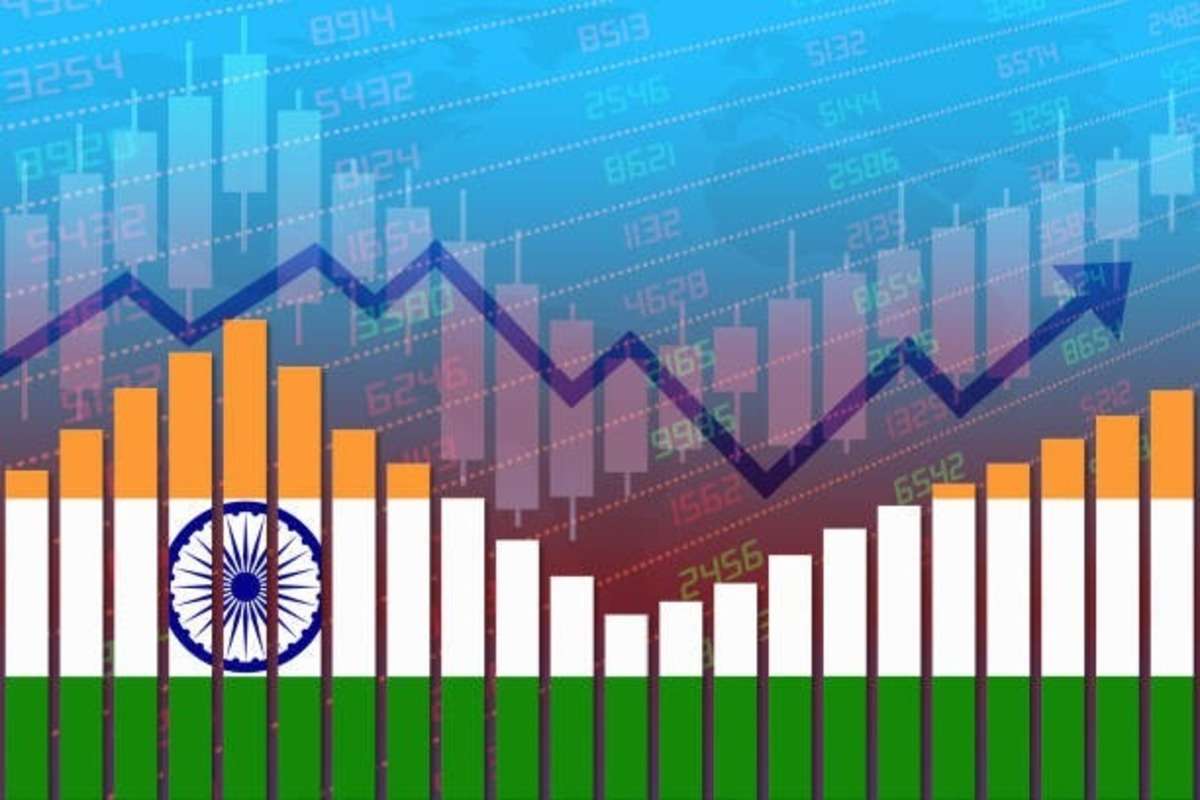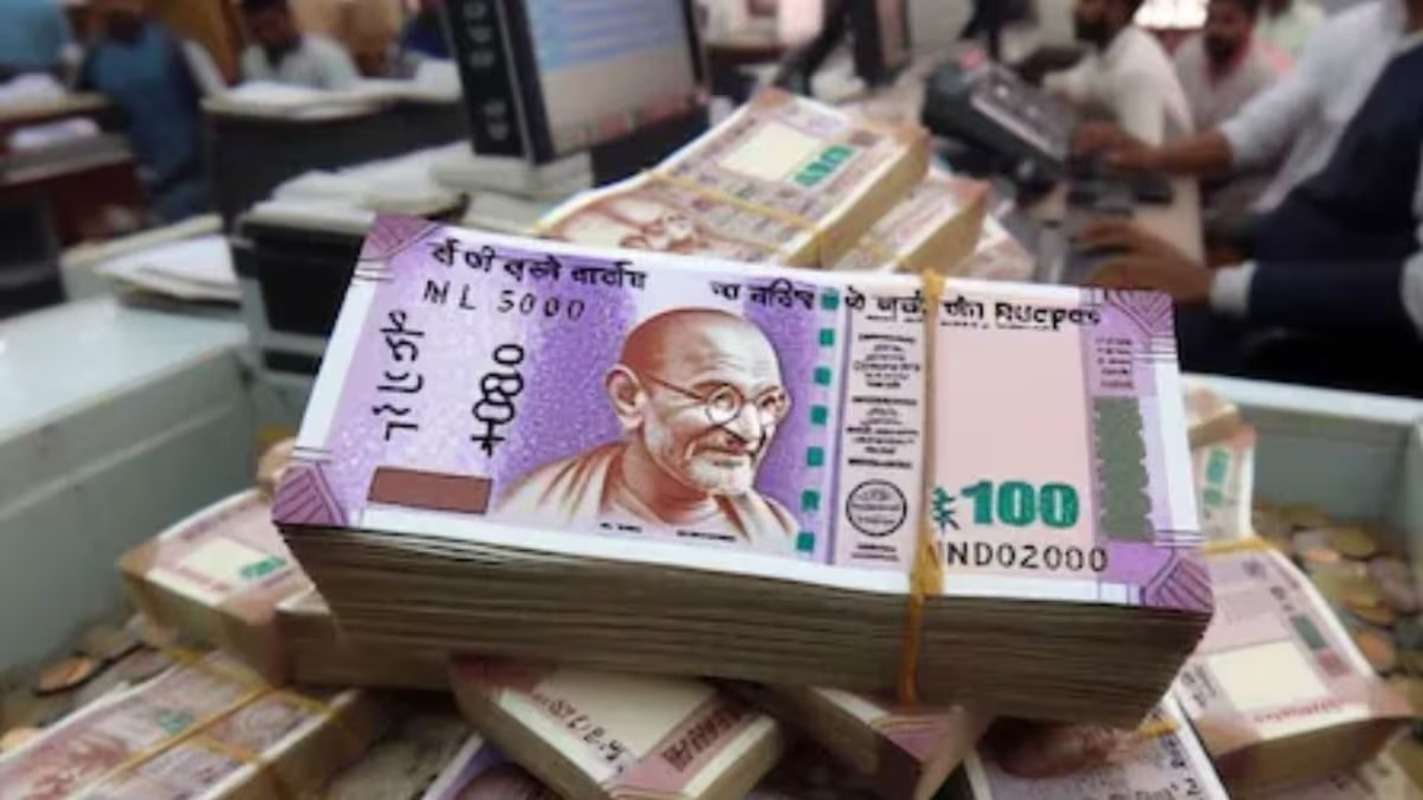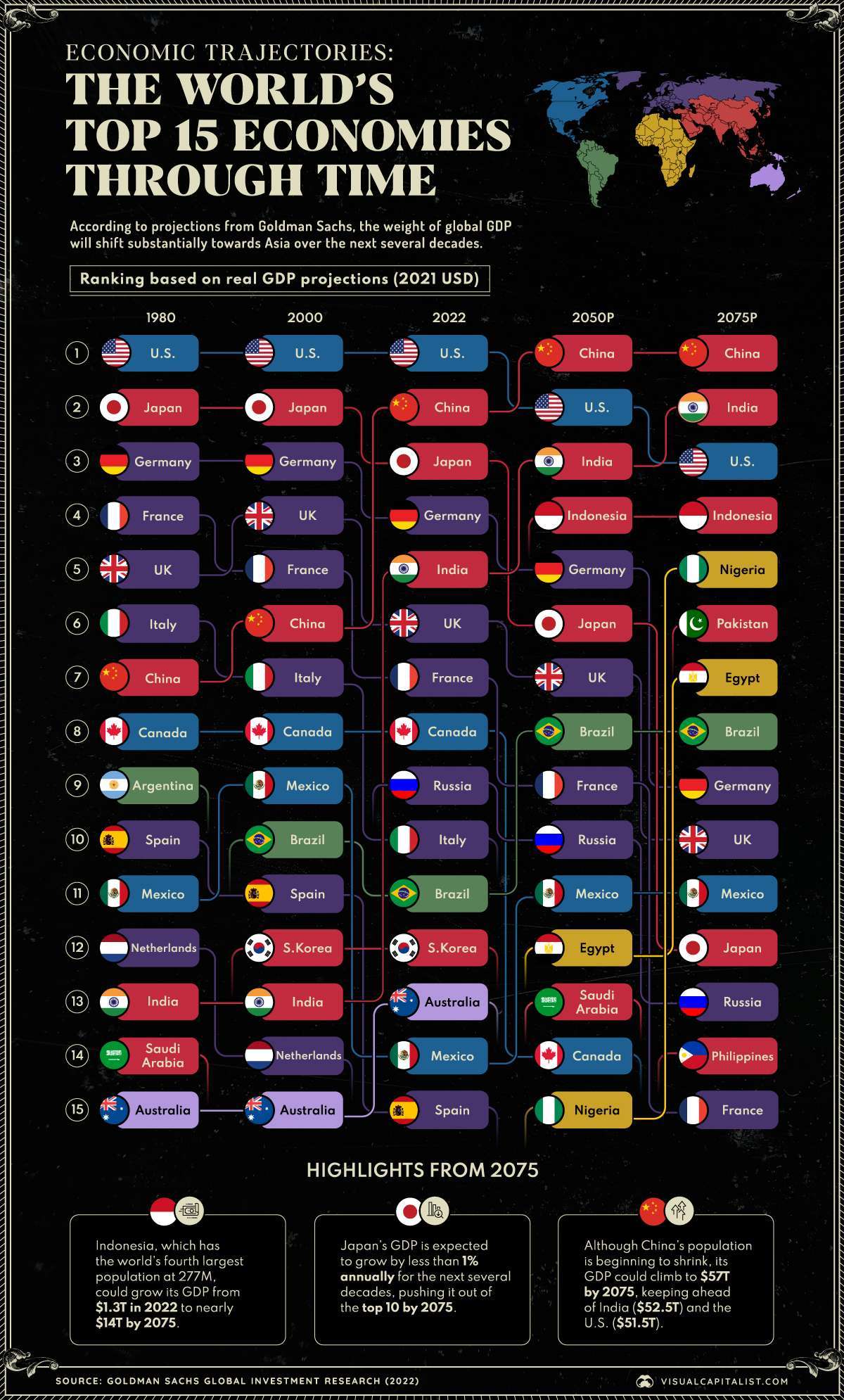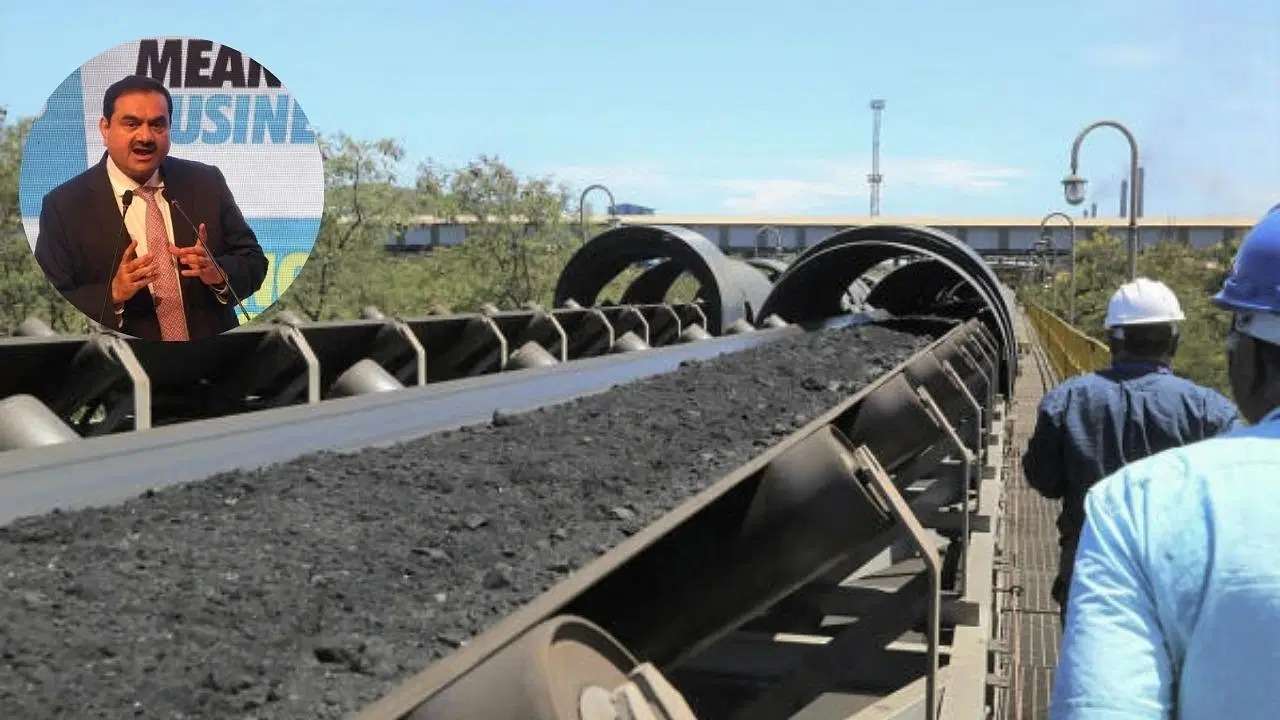India’s Wealth To Grow By 10x In 50 Years – Feat Or PR Move

Ashishkumar Chauhan, the managing director and CEO of the National Stock Exchange, mentioned on Wednesday that India’s wealth will increase by 1,000% over the next 50 years due to technological advancements and a high number of youngsters.
At the 23rd convocation ceremony of the Entrepreneurship Development Institute of India (EDII) near Ahmedabad, Chauhan acknowledged that India continues to face socio-economic challenges, including poverty, illiteracy, poor shelter, unhealthy living situations, inadequate food, water, and cleanliness, as well as poor healthcare. He then encouraged the graduating students to serve as “agents of change” and devise cost-effective and innovative solutions to effect change.
“Over the next 50 years, India will do wonders due to its entrepreneurs, rapid technological advancements, and young population.” He stated in his address that India’s wealth will increase by 1,000 percent, or tenfold, over the next 50 years.

Chauhan stated that India will be able to mint considerable wealth in the next 50 years due to technological advancements. The wealth generated during the next five decades crosses that of the last 10,000 years.
“India’s young population and utilization of technology will generate a greater amount of wealth than other countries.” Japan, China, and European countries are all experiencing an aging population.
India, currently perceived as developing and poor, would become a high-income nation if it were to generate 25% of the global wealth within the next 50 years. At present, our per capita GDP is low (less than USD 2500).
The NSE chief stated, “We have the potential to join the ranks of developed countries within the next 50 years.” He stated that technological advancements have allowed people to establish their own enterprises and accumulate wealth, as they can now do so with minimal capital.
Chauan stated that the NSE EMERGE platform has already listed nearly 150 SMEs. It allows companies to list on the NSE without an IPO (initial public offering) and assists SMEs and startups in connecting with investors for funding.
Practically Not Possible
Forecasting stuff like this is practically not possible. Nobody can ascertain things like these. Who knows what will happen tomorrow, let alone 50 years later?
When COVID-19 caused a worldwide lockdown in March 2020, who predicted it in February 2020? It changed the face of the global economy. New industries emerged, and the way of working changed entirely.
All the predictions that were made about 2020 did not hold when the pandemic hit.
Similarly, the world is grappling with another major issue – climate change. The number of extreme heatwaves is increasing at an unprecedented rate. 143 people have died across the country this year due to weather issues. This was the year in which every month was the hottest ever.
Increasing activity in space, new unexplored science experiments, climate change, and increased warfare are all things that can lead to obstruction in the activities of an area, region, or planet altogether.
India’s Wealth Growth Not A Huge Achievement
Assuming the baseline scenario, the geopolitical and climatic situation will stay the same for 50 years. Even then, the mathematics here makes little sense for this to become celebratory news. Let’s see how.
India’s GDP is currently almost USD 4 trillion. It is expected to reach USD 30 trillion by 2050, fuelled by increased exports and consumption. By 2070, this number is projected to hit USD 45 trillion, which reconciliates with what Chauhan said.
However, what is important to note here is that this is nothing remarkable for the country. Given the population and big consumer market that we have, these GDP numbers are standard – something that would be achieved on its own if economic activity continues the same way.
Comparing it to our neighbor and global economic giant, China, we would fall behind China even in 2075. Even though China’s population is shrinking rapidly, it will still have a USD 57 trillion economy in 2075, as per projections.

In fact, in the top 10 economies, many countries with fast-growing populations would make their way into the list, driving out today’s biggest economies, such as South Korea and Spain, out of the list altogether.
A major achievement worth making headlines would have been if India’s GDP surpasses China’s to become number 1 in 50 years.
As per the projections, the Phillippines, Indonesia, Egypt, Pakistan, Mexico, etc., would all become wealthier, primarily due to a large consumer market. India will go through a similar thing, which is nothing to celebrate or remark upon. It is just how the economics works.
Then Why Is It Making Headlines
If the information is not as grand as it is made out to be, why is it making rounds on the internet and on news media websites? Why are people marveling at the prospect of a wealth increase, which is as natural as a population increase?
There is behavioral economics behind it, something that most people miss out on, but it is high time that attention is drawn to this phenomenon for your awareness.
Let’s use an example here – Nykaa. The company, albeit profitable for many quarters now, was in major losses just a few quarters before launching its IPO. Still, its IPO was oversubscribed, and people had positive sentiments about the launch.

The question arises – how can a loss-making company generate positive sentiments in the market? Nykaa’s business model does not seem revolutionary. It is an aggregator platform that sources beauty and skincare products from the companies directly and sells them to consumers (D2C model).
It does not create any new product or platform. Rather, it is just acting as a mediator between the source and the consumers, winning in the market on the basis of heavy discounts.
The reason why the IPO had such strong positive sentiments around it was because the narrative that made the rounds on the internet was how a woman-led company was going public.
In a country where women are inherently denied opportunities to work and build a career due to societal pressures, a single woman was creating history and, in the process, was inspiring many young girls to achieve their dreams. It seemed like the face of the country and its startup ecosystem was changing, and it was a positive message and a very strong one at that.
Humans are emotional beings. Even the most practical person does not always make decisions that are separated from his emotions. Narratives like this are a strong tool to win public trust.
Gautam Adani uses this to his advantage a lot. One year ago, Adani came under a lot of public scrutiny when a report was released highlighting the malpractices going on in the group. A few of them included stock fraud, accounting manipulation, inflating company valuations, siphoning money, and developing a complicated web of shell companies to invest in the group companies.
Soon after, a coal scam was unearthed, which showed how the group was buying coal at much lower prices but selling it at overhyped prices in India (almost triple the price). While the price increased, quality decreased. What is more concerning is that the coal was meant for sale to a power company, which historically seeks high-quality coal. The Adani group still conveniently supplied low-quality coal just for their own profits.

It is a huge ethical problem, something that should ideally be enough to founder a company.
However, Adani is growing stronger than ever. The public sentiments are just as positive as before, or even more, despite such news coming.
It is again attributed to the same reason – the art of public persuasion by presenting the most compelling narrative that the public wants to hear. Mr. Gautam Adani occasionally makes public appearances in which he mentions how he is leading the nation’s on-ground development and aims to see India on a global map soon.
People are easily motivated by such words and promises, so much so that the very real news of scams and frauds fades away.
In this case, Chauhan conveniently stated an obvious fact and presented it in a way that boosted the confidence of citizens in the government and the system. It will provide hope for a better life, more jobs, and higher prosperity to them.
He conveniently forgot to mention that while the country would become 10x wealthier in 50 years (assuming a baseline scenario), the population increase would also be rapid and in the same proportion, rendering the effective real GDP per capita to grow at a much slower rate.
Also, the wealth would not be equally divided. In all likelihood, the rich would get richer and the poor poorer. It would happen unless the policies are set in place and the social infrastructure gets a major boost, something that still seems like a far cry.




